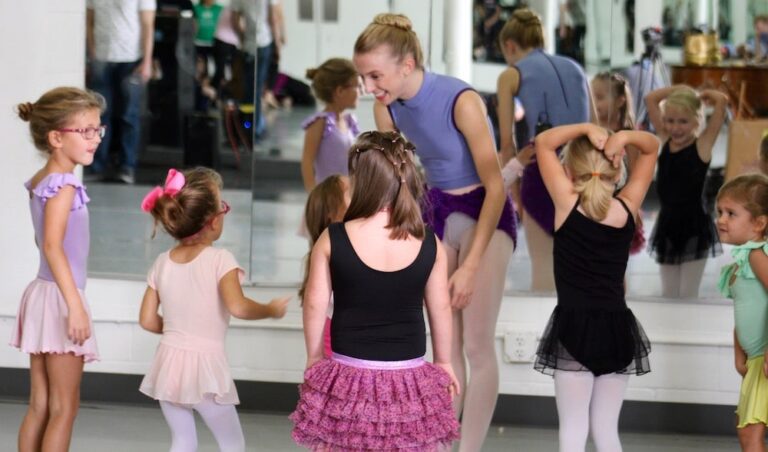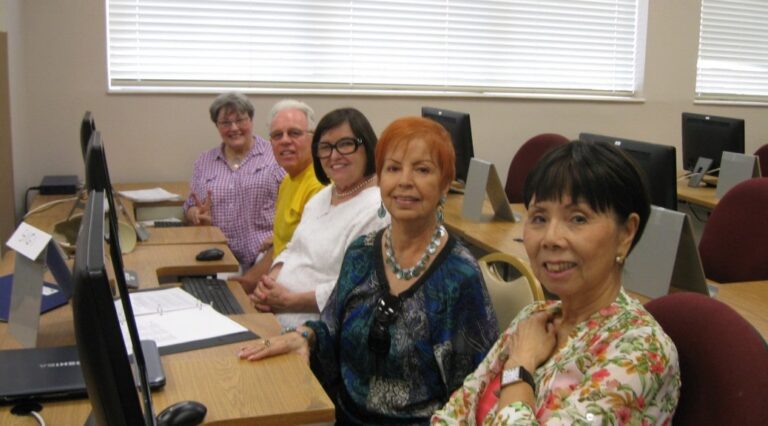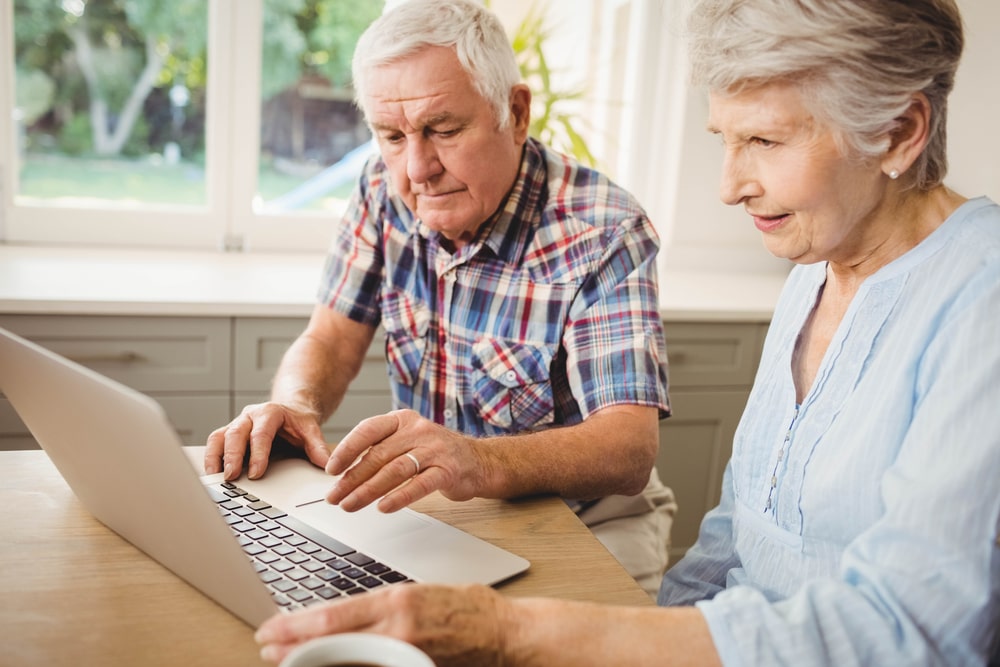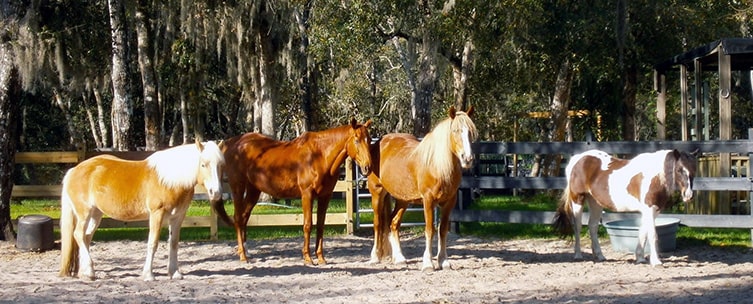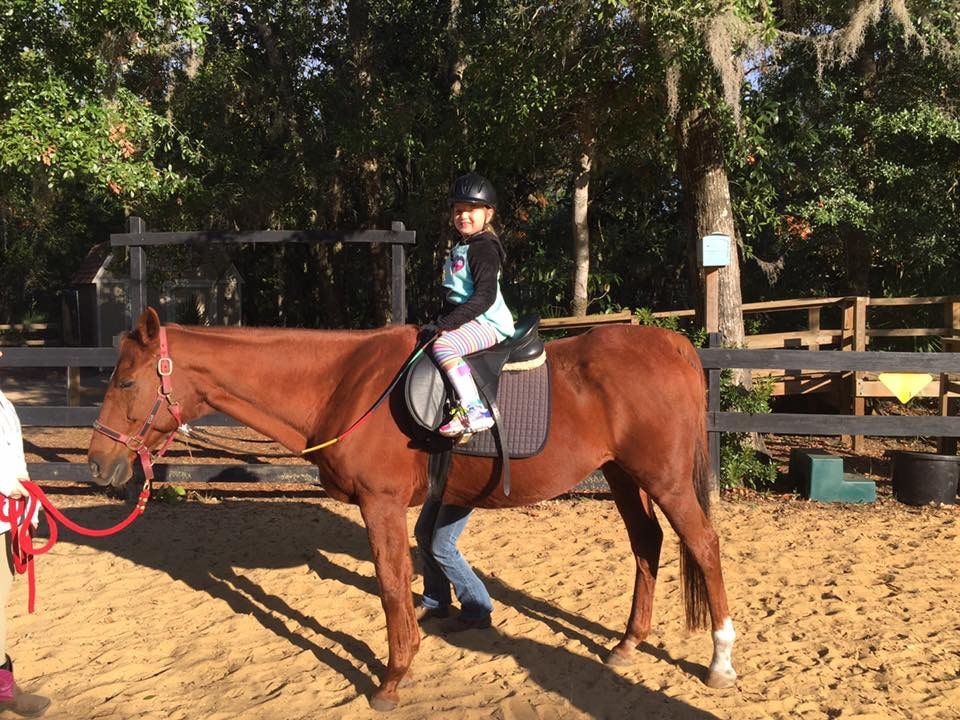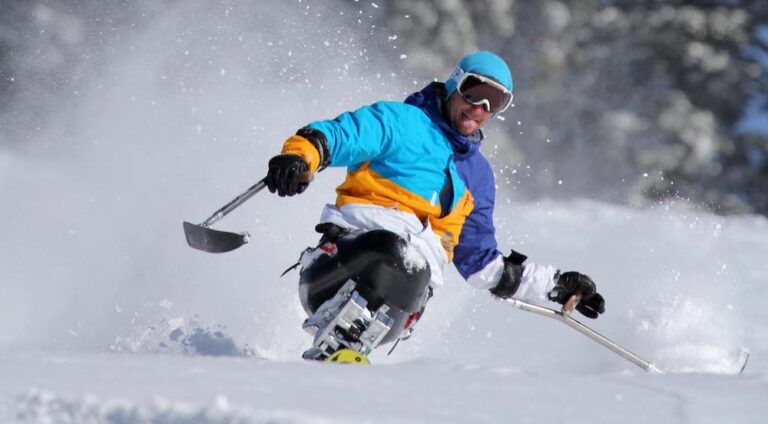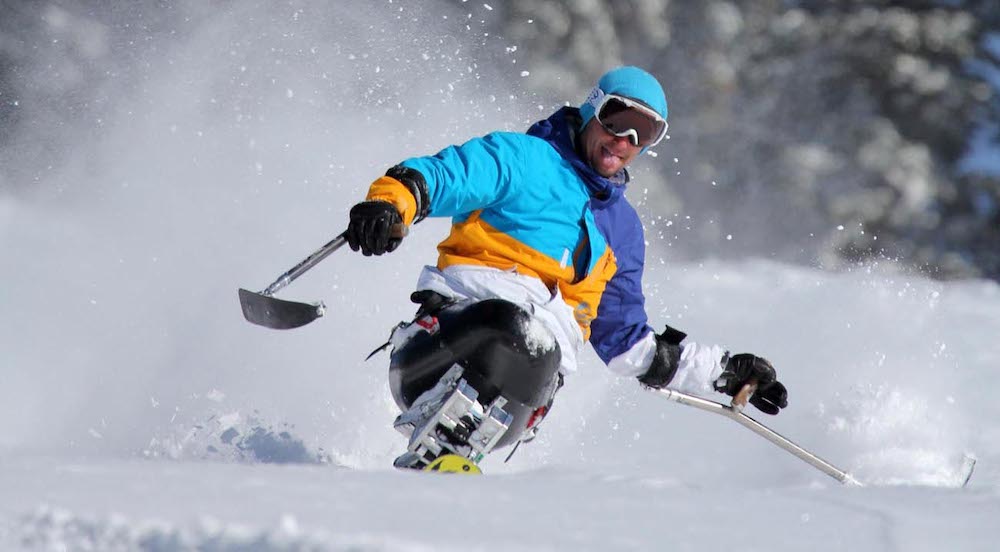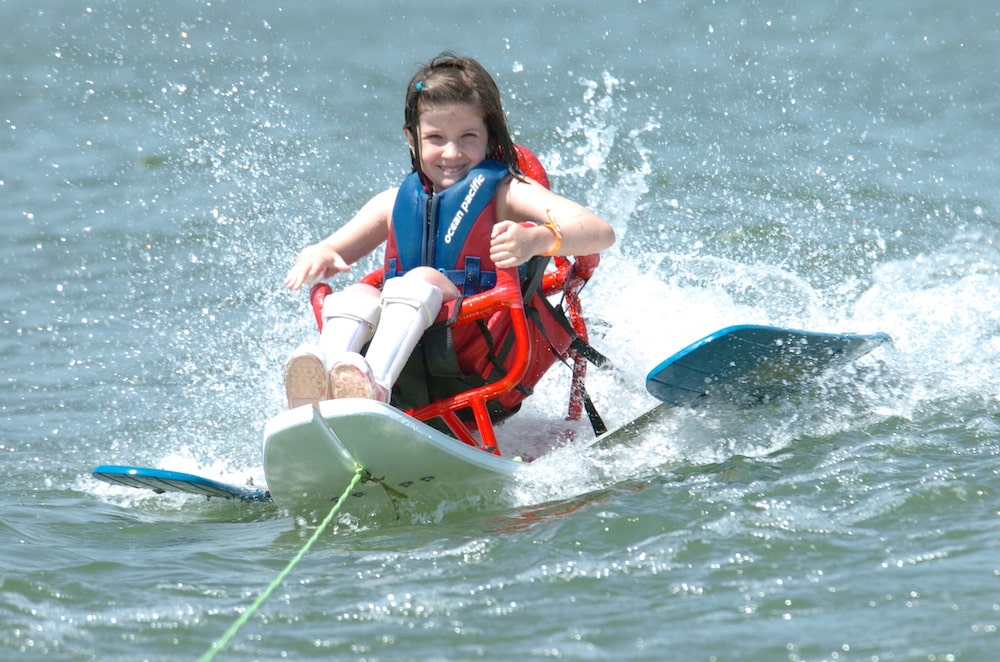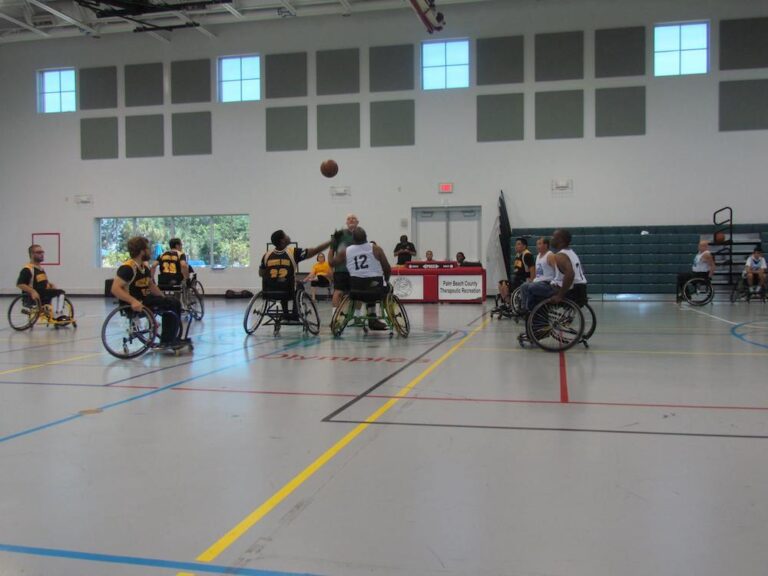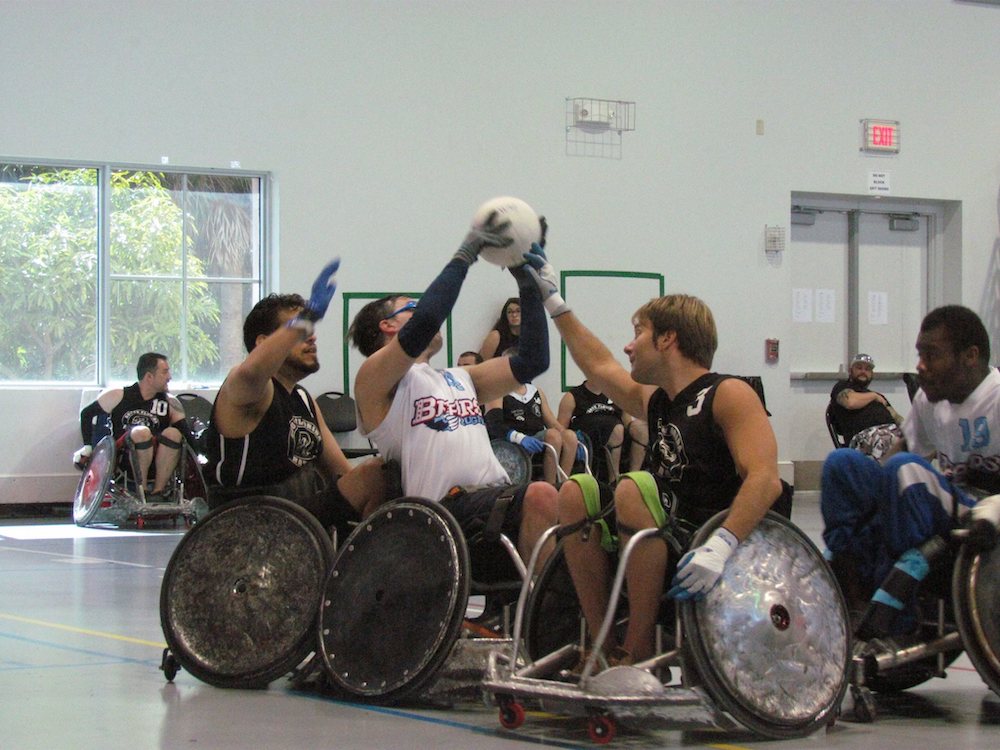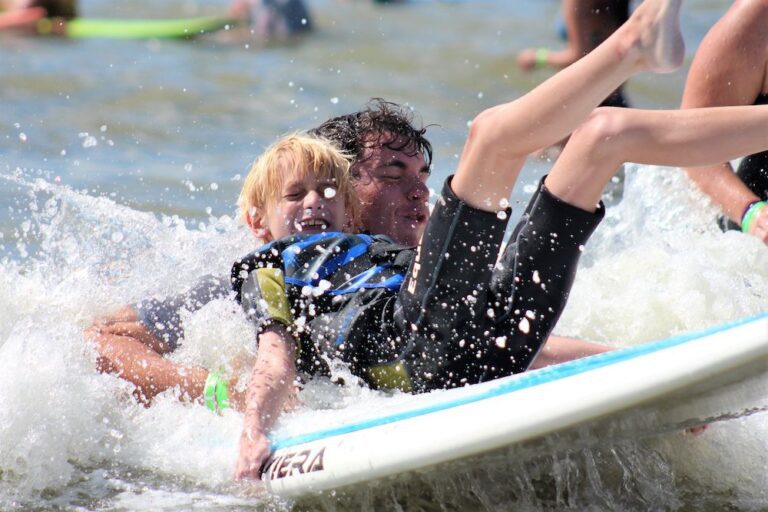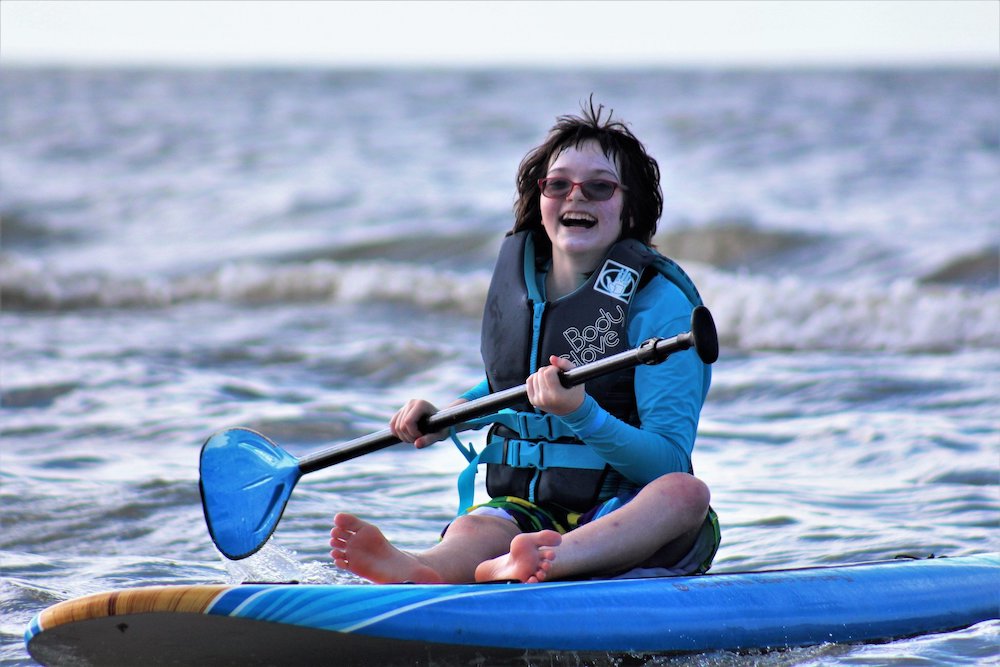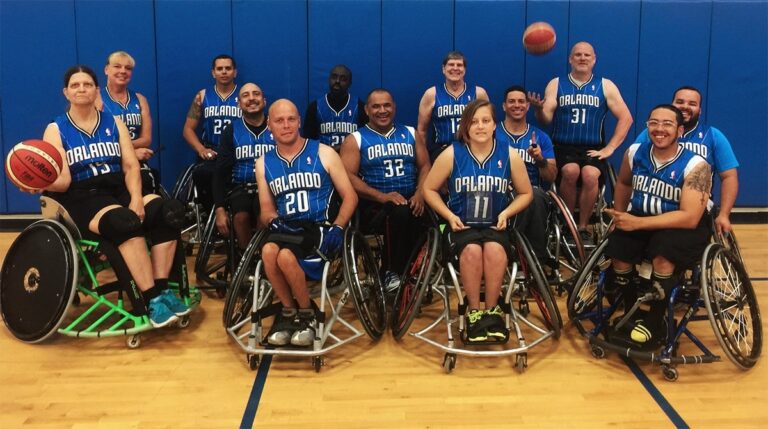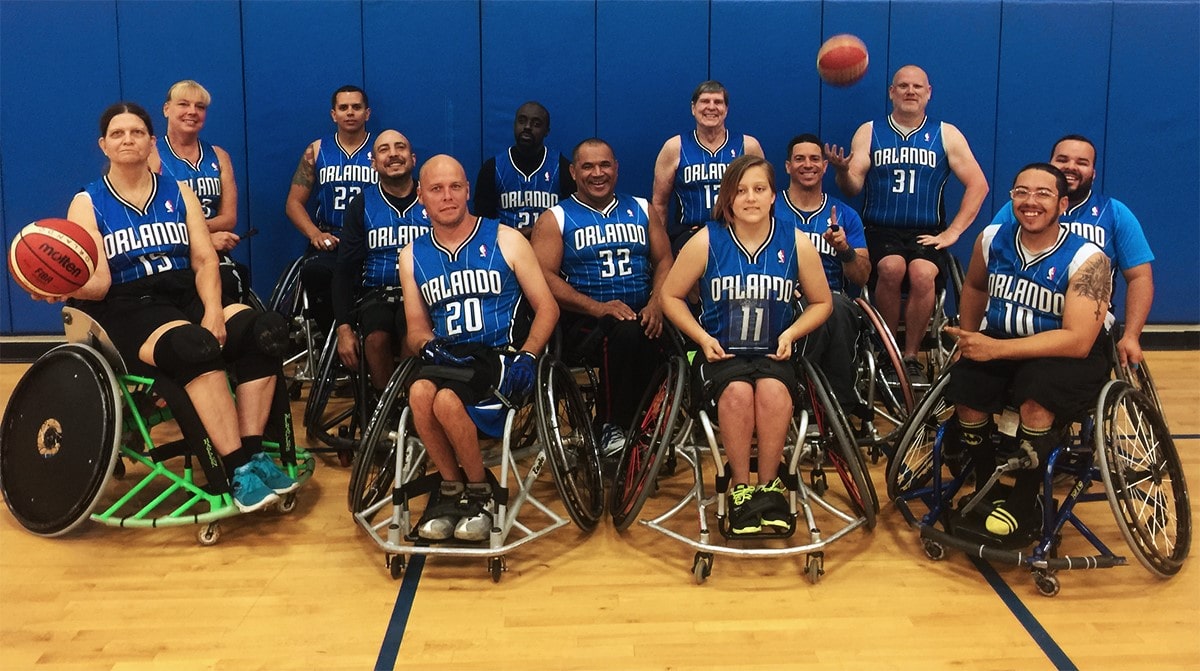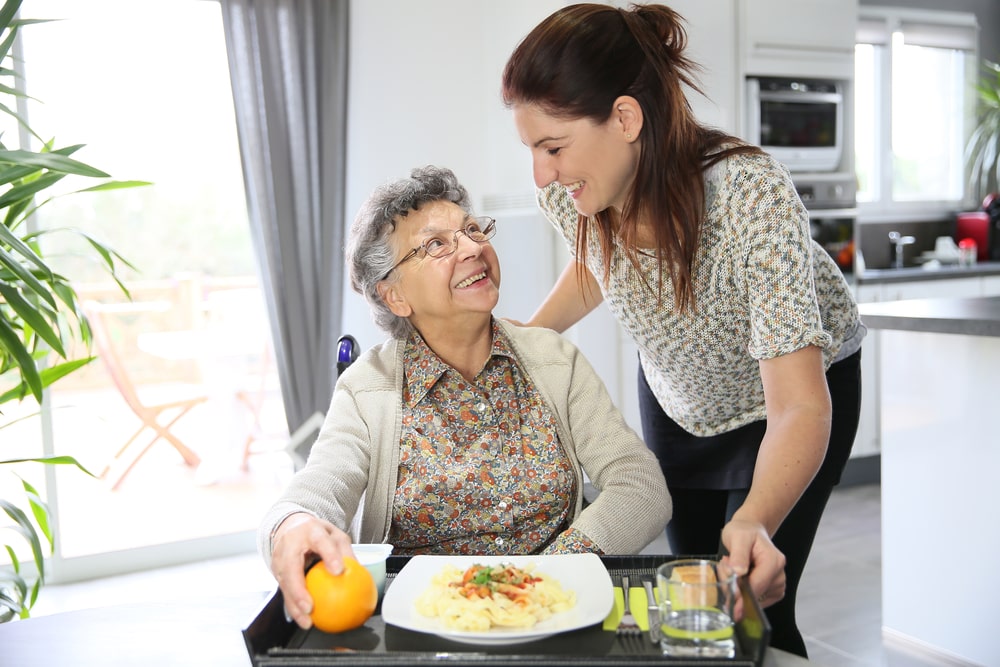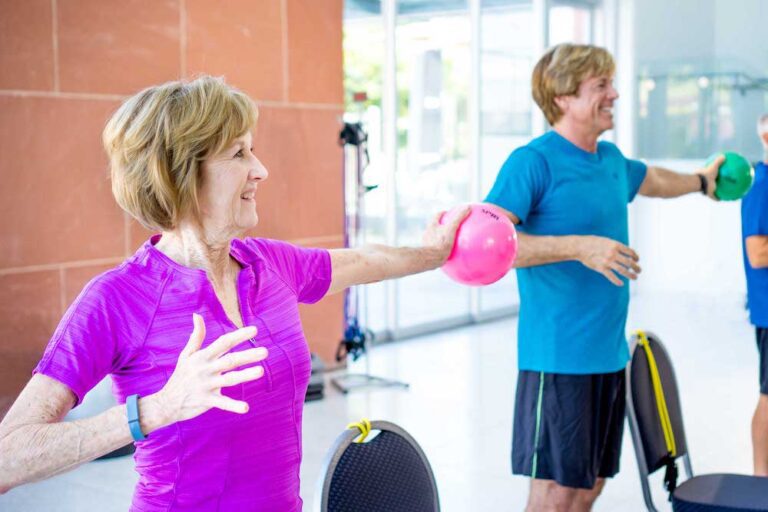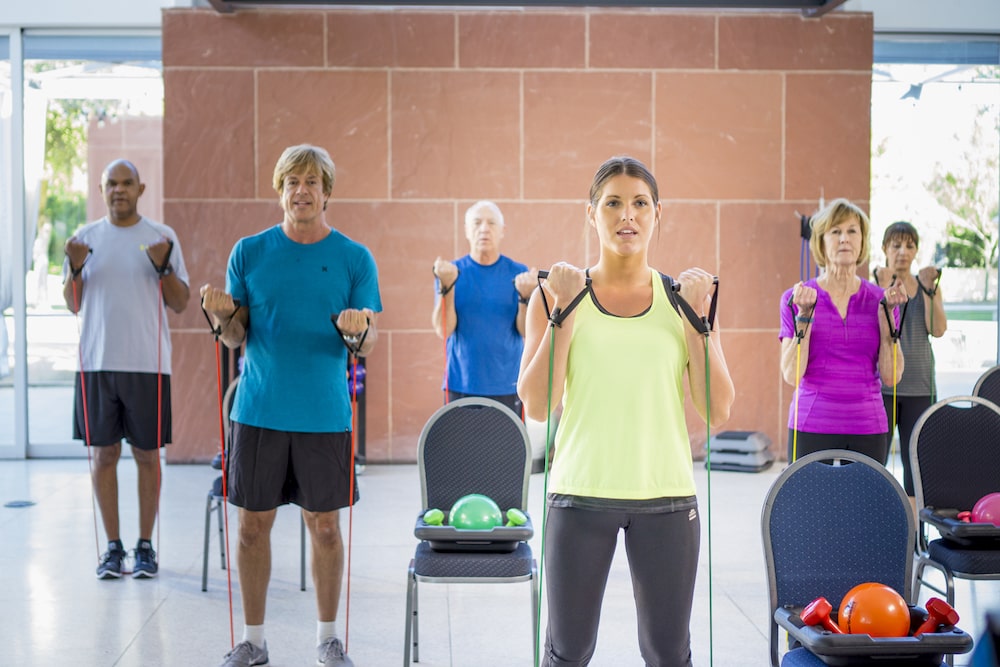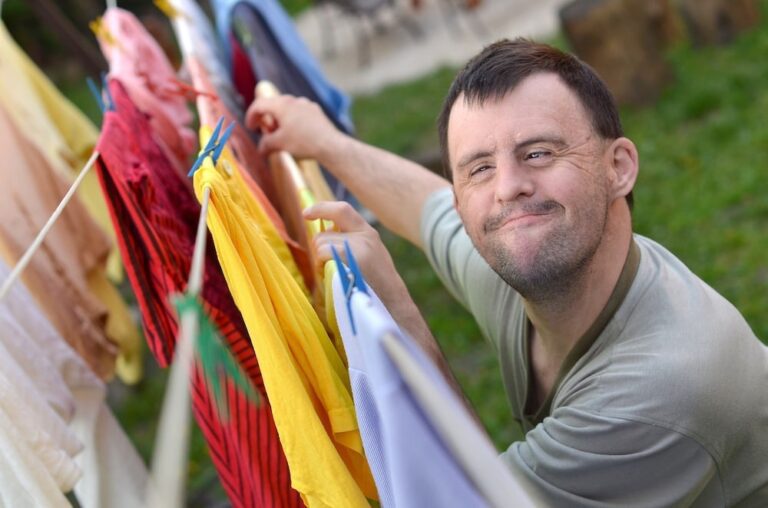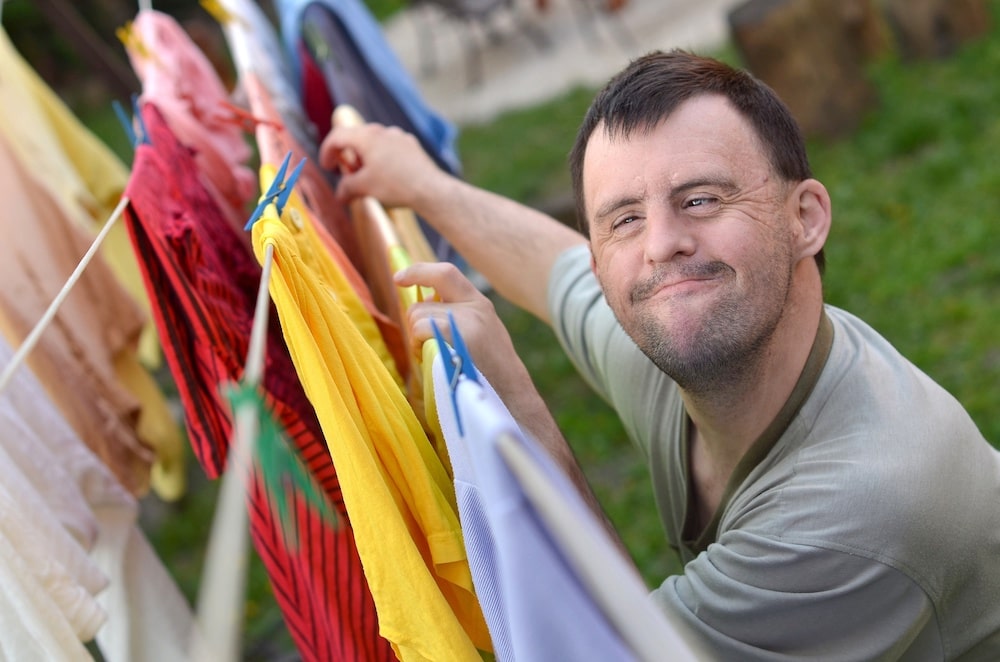Every Saturday, a small group of enthusiastic students arrive at an Orlando Ballet studio ready to dance in a special hour-long class. Some wear tutus and tights, some wear colored tape on their ballet flats to distinguish left from right; but all wear a joyful smile. The tiny dancers are a part of the Adaptive Dance Program designed to encourage children (ages 7-14) with Down syndrome to express themselves creatively through music, movement and dance. Modeled after the Boston Ballet’s effort, the Orlando program launched in 2013 and offers two10-week sessions at the Orlando Ballet’s south campus in Dr. Phillips.
Randee Workowski, Orlando Ballet’s outreach coordinator and an Adaptive Dance instructor, is mindful of the student’s developmental delays and uses a gentler instructional pace and curriculum. “Our students may struggle with balance or not have bilateral coordination,” she explains. Thus, Workowski says the course begins with simple stability exercise and stretching but, over time as with all dancers, repetition builds physical and emotional strength allowing the dancers to advance.
Workowski says she uses more of a theatrical approach versus traditional ballet training. However, the Adaptive Dance students are, indeed, taught classic ballet moves and proper terminology (i.e. chasse, plié, pirouette, etc.). “We try to give them as much professional dancing and technical skills as possible,” Workowski says. That includes ballet (and some jazz) exercises on both the bar and dance floor. Many students prefer to dance independently but, for those who want or need physical help, assistant ballerinas working alongside the instructor provide hands-on support.
“We really see the progression happen when students stay with it.” – Randee Workowski
Parents say their kids look forward to the weekly sessions and practicing at home. “That is an affirmation that we are doing something wonderful,” declares Workowski. Windermere resident and mother of three, Marit Loessl attests to that declaring that her son,13-year-old Frederik Raaberg, who has Down syndrome, Type 1 diabetes and celiac disease, has loved dancing in the program for the past four years. “This class works on all types of dance ─ not only ballet. It includes warm-up, stretching, balancing, jumping, skipping, listening, following directions, rhythm, musicality with several different music genres…all combined in one class,” Loessl describes. She’s noticed improvements to Frederick’s balance, coordination, expression and self-esteem.
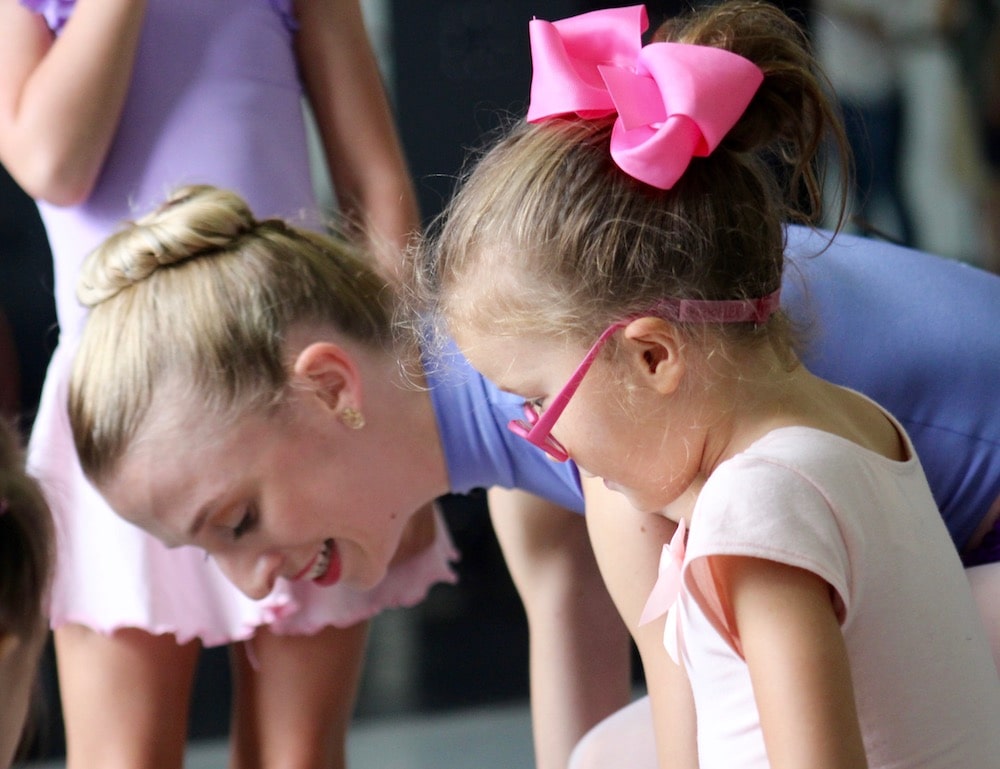
“We really see the progression happen when students stay with it,” Workowski says. And that might lead to typical class inclusion. “Orlando Ballet is willing to have [adaptive] children progress into a typical class when they are ready. We would love to mainstream and that’s a possibility. In fact, we do have a 14-year-old student who’s been in Adaptive Dance and is now enrolling in the pre-professional program.”
Last year, Anne-Marie Wurzel, whose daughter has special needs, encouraged the Orlando Ballet to host a Come Dance With Us workshop, an effort first launched by the New York City Ballet for children with disabilities. In partnership with physical therapists from Nemours Children’s Hospital and Orlando Health, Orlando Ballet welcomed children with wheelchairs, leg braces and an array of special needs to live out their ballerina dreams alongside professional Orlando Ballet Company dancers, including Arcadian Broad. “I never in a million years would I have imagined saying ‘my daughter is in a ballet,’” Ninoshka Goire shared; her daughter has spina bifida. “It was a very surreal moment seeing her dancing with the ballerinas. That was something that lived in my dreams.” The next Come Dance With Us workshop will be held on October 15 and 22 at the Orlando Ballet’s central campus in downtown Orlando. For more information on both the Adaptive Dance Program and Come Dance With Us workshop, visit OrlandoBallet.org.
Photo credits – Preview image & Image above: Come Dance with Us participant(s) with Orlando Ballet Company’s Ashley Baszto. Photo by Francesca Agostino.




